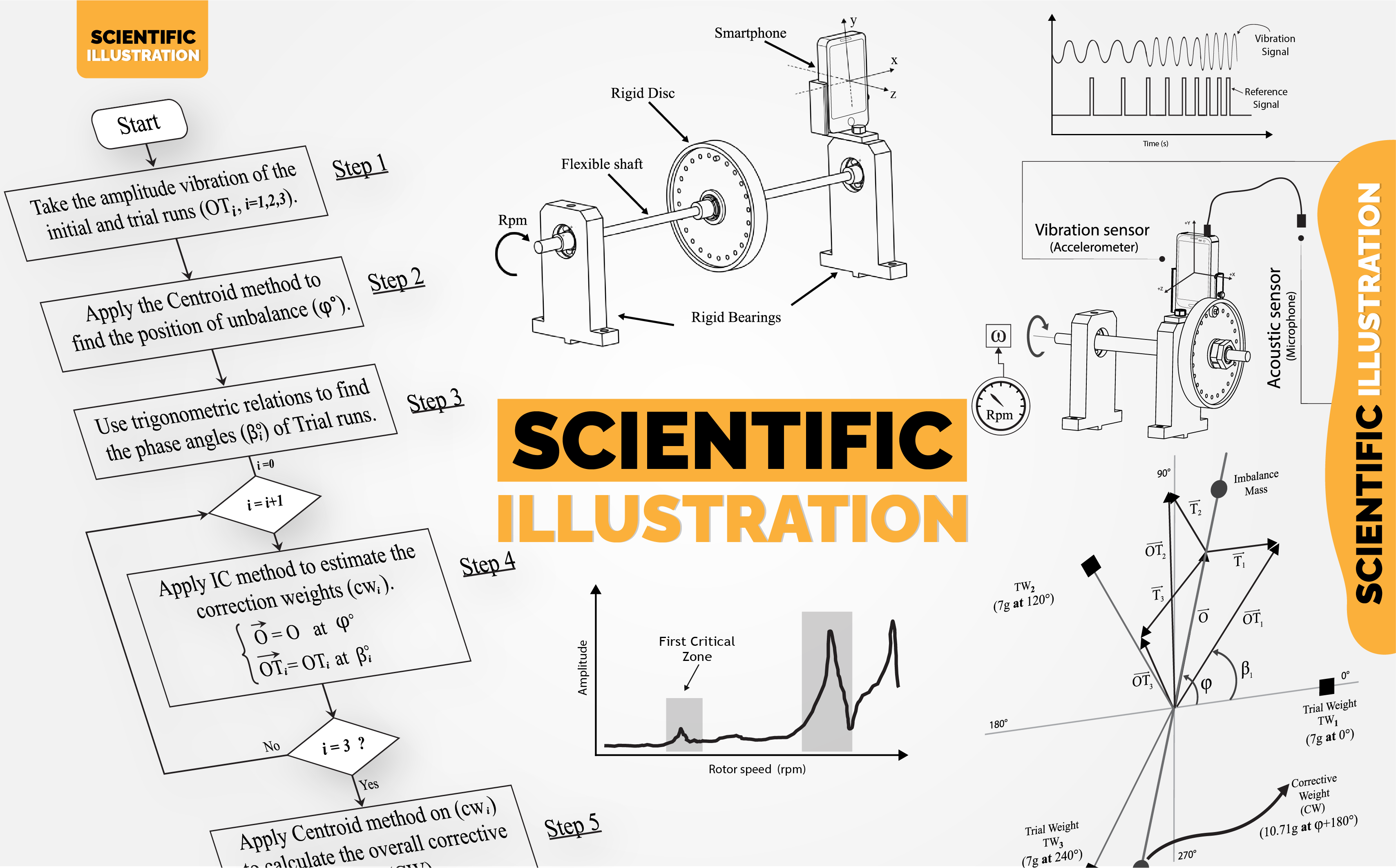Graphic design is an important tool for scientific researchers, as it allows for the effective communication of complex ideas and data. By using visual elements such as charts, diagrams, and graphs, researchers can clearly and concisely present their findings to a wider audience. Graphic design can also be used to create engaging and effective materials for conferences, publications, and other outreach activities.
Effective graphic design for scientific researchers requires a combination of technical skills and creative problem-solving. Researchers must be able to clearly and accurately represent their data, while also finding ways to make it visually appealing and easy to understand. In addition to being proficient in design software such as Adobe Illustrator and Photoshop, scientists must also have a good understanding of design principles such as composition, color theory, and typography. By using these skills and techniques, researchers can create visually compelling and informative materials that effectively communicate their work to a wide range of audiences.
